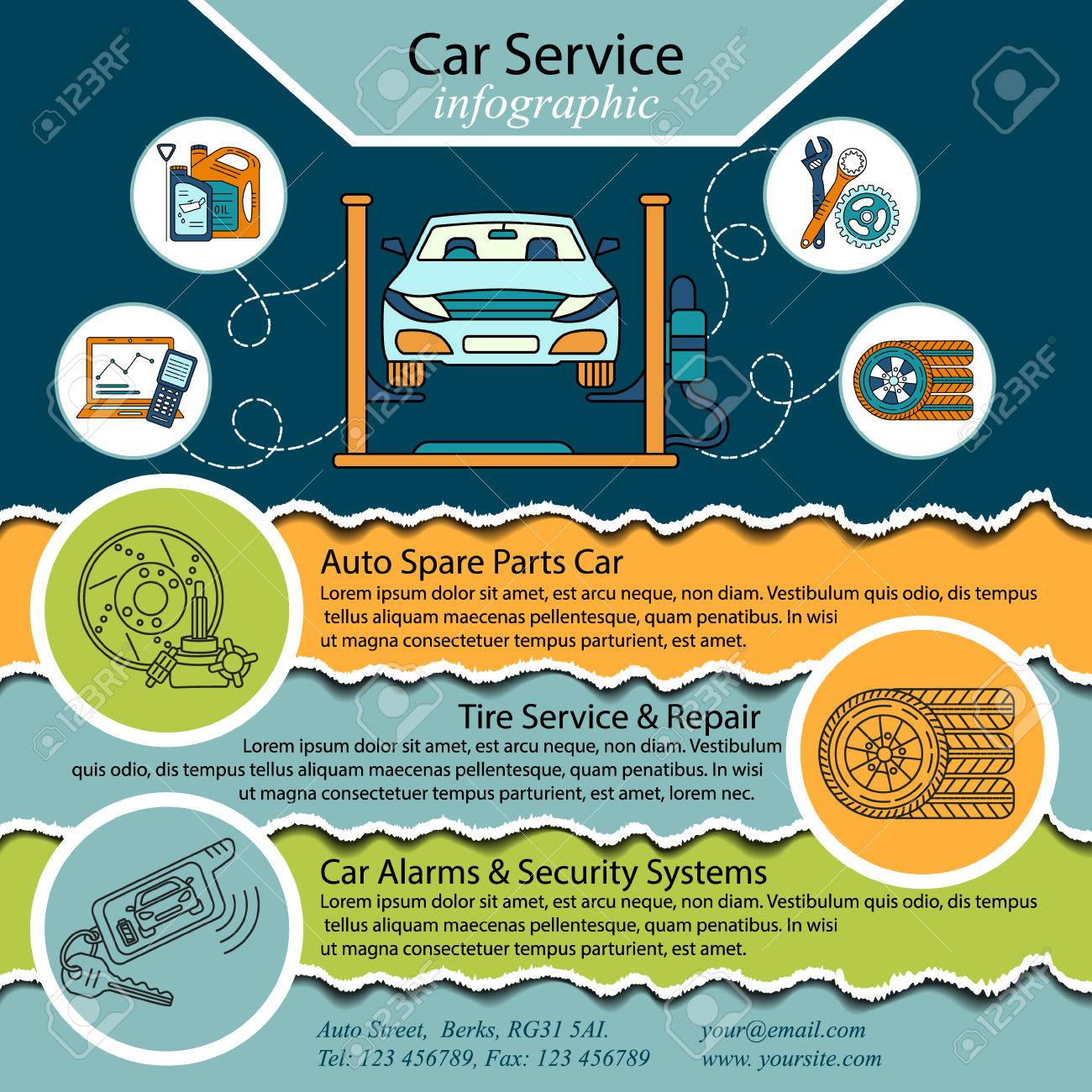Examining Your Car'S Warning Indicators: What They Truly Communicate
Examining Your Car'S Warning Indicators: What They Truly Communicate
Blog Article
Staff Writer-Samuelsen Torres
When you lag the wheel, those beautiful caution lights on your dashboard can be a bit perplexing. Do you recognize what they're attempting to tell you about your automobile's wellness? Understanding the value of these lights is crucial for your security and the long life of your automobile. So, the next time one of those lights turns up, wouldn't you want to decode its message properly and take the necessary steps to resolve it?
Common Warning Lights and Interpretations
Determine common caution lights in your car and recognize their meanings to make certain safe driving.
One of the most normal caution lights include the check engine light, which indicates problems with the engine or emissions system. If this light comes on, it's crucial to have your lorry checked quickly.
The oil pressure cautioning light suggests low oil pressure, requiring immediate attention to stop engine damages.
A blinking battery light could recommend a faulty billing system, potentially leaving you stranded if not resolved.
The tire stress monitoring system (TPMS) light notifies you to reduced tire pressure, affecting lorry security and fuel efficiency. Neglecting this might result in dangerous driving conditions.
The ABS light suggests an issue with the anti-lock stopping system, jeopardizing your ability to stop promptly in emergency situations.
Finally, the coolant temperature level alerting light warns of engine overheating, which can cause serious damages otherwise dealt with quickly.
Understanding these usual warning lights will certainly assist you resolve concerns quickly and preserve risk-free driving problems.
Importance of Prompt Interest
Comprehending the usual warning lights in your vehicle is just the first step; the relevance of quickly resolving these cautions can't be emphasized sufficient to ensure your safety and security when traveling.
When a warning light illuminates on your control panel, it's your automobile's method of interacting a possible concern that requires focus. Overlooking these cautions can result in extra extreme issues later on, endangering your security and possibly costing you more in repairs.
Prompt focus to warning lights can stop break downs and crashes. For https://brakes-near-me38494.elbloglibre.com/29895207/fascinated-by-car-detailing-supplies-learn-more-about-the-essential-tools-and-insider-suggestions-that-will-assist-beginners-improve-their-describing-strategies , a blinking check engine light can suggest a misfire that, if left ignored, could cause damages to the catalytic converter. Resolving this promptly can save you from an expensive repair.
Similarly, a brake system advising light may signal low brake fluid or worn brake pads, essential parts for your security when driving.
Do It Yourself Troubleshooting Tips
If you see a caution light on your control panel, there are a couple of DIY fixing suggestions you can try before seeking expert assistance.
The initial step is to consult your automobile's guidebook to recognize what the specific caution light suggests. Often the concern can be as basic as a loosened gas cap triggering the check engine light. Tightening up the gas cap may solve the trouble.
One more common concern is a reduced battery, which can cause different alerting lights. Checking the battery connections for corrosion and guaranteeing they're safe and secure may repair the issue.
If a caution light continues, you can try resetting it by detaching the automobile's battery for a couple of mins and then reconnecting it. Additionally, examining https://www.kbb.com/car-news/tesla-officially-delays-cybertruck-roadster-budget-model-2/ , such as oil, coolant, and brake fluid, can aid troubleshoot cautioning lights associated with these systems.
Conclusion
Finally, understanding your auto's warning lights is crucial for keeping your automobile running efficiently and securely. By immediately dealing with these signals and recognizing what they imply, you can prevent pricey repair services and possible failures.
Keep in mind to consult your auto's manual for certain details on each warning light and do something about it as necessary to make certain a hassle-free driving experience.
Remain educated, stay risk-free on the road!
